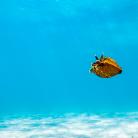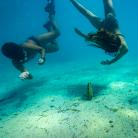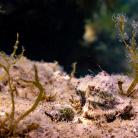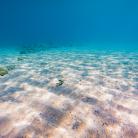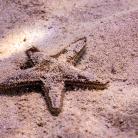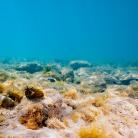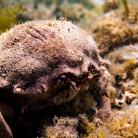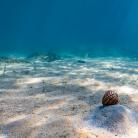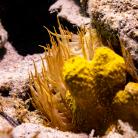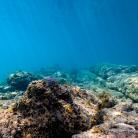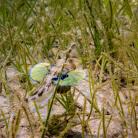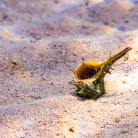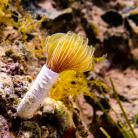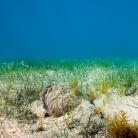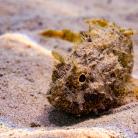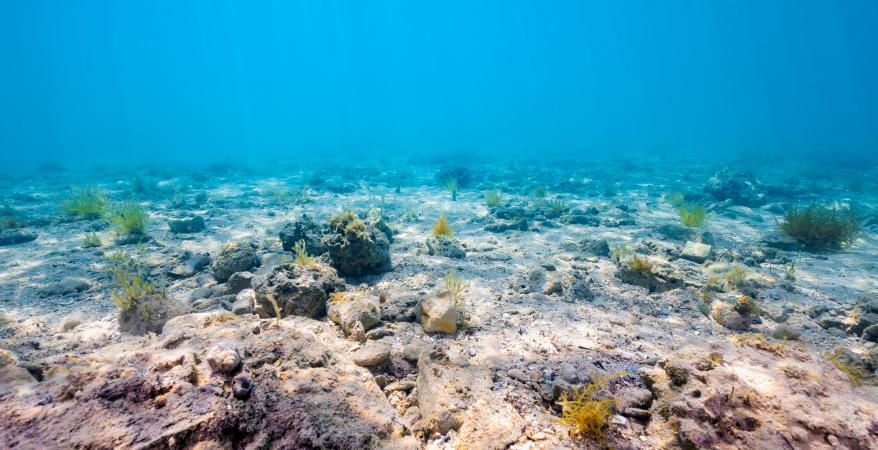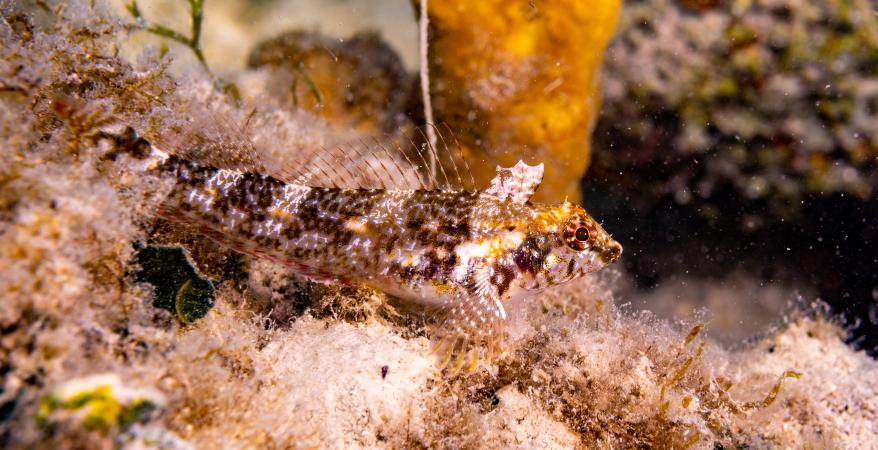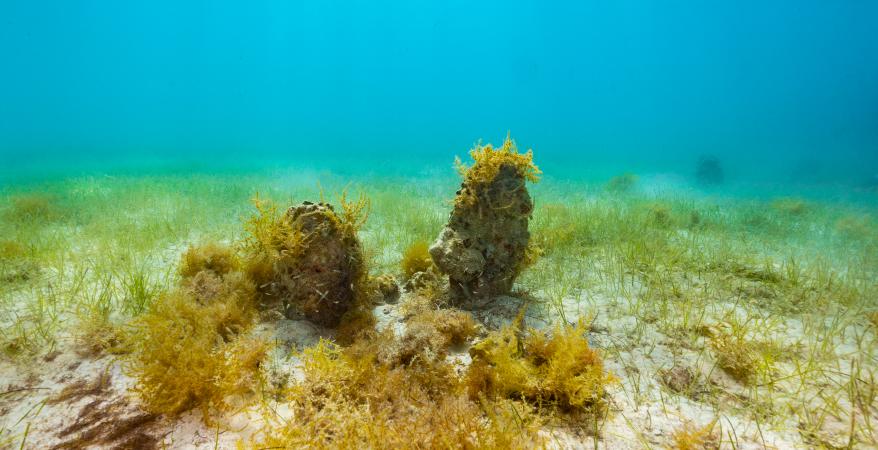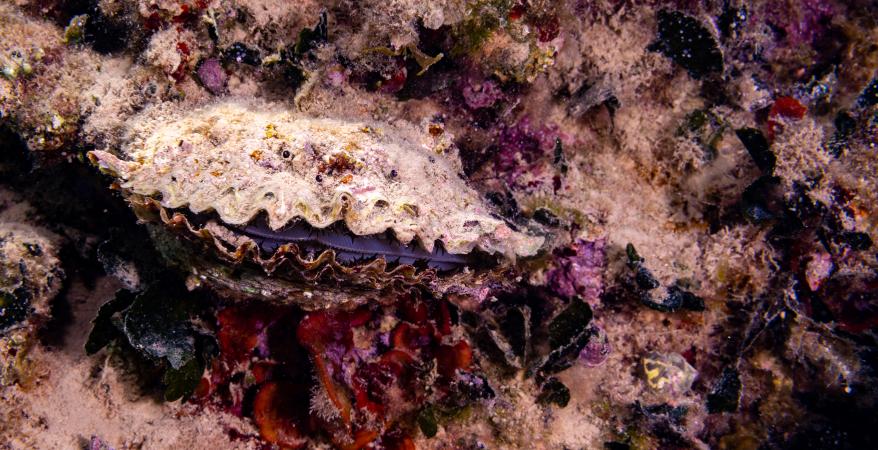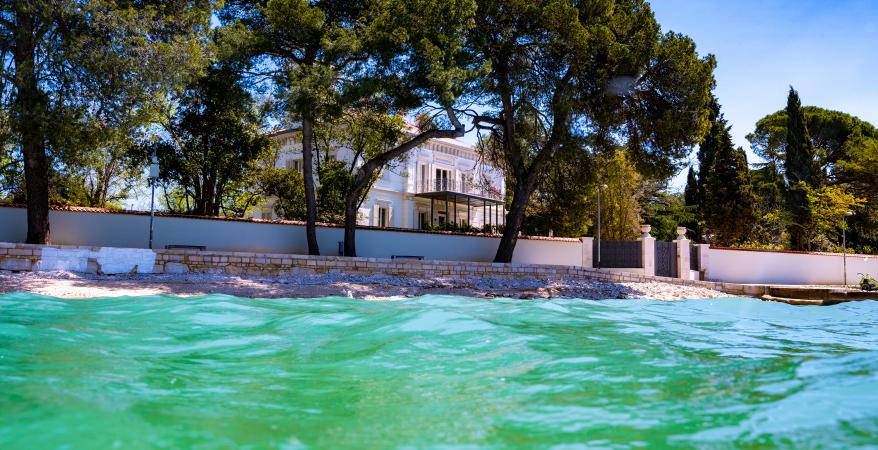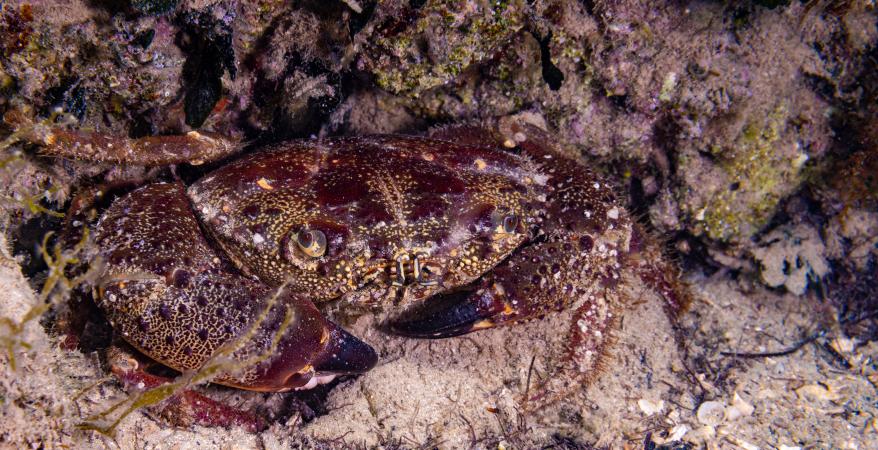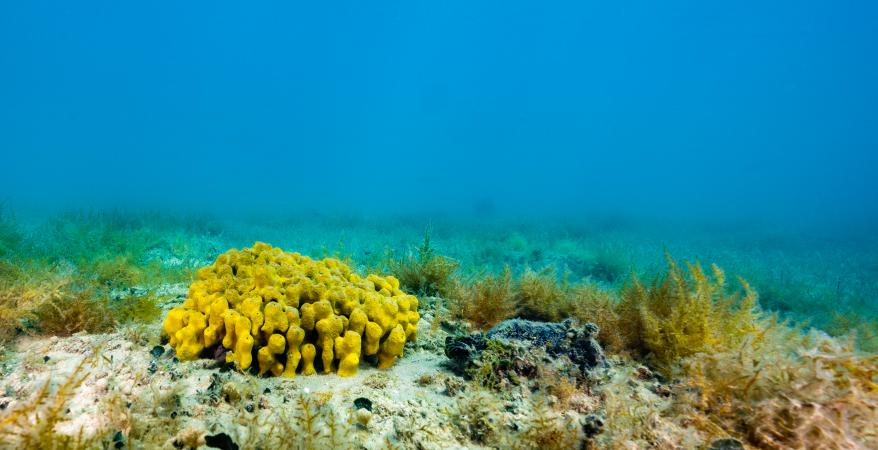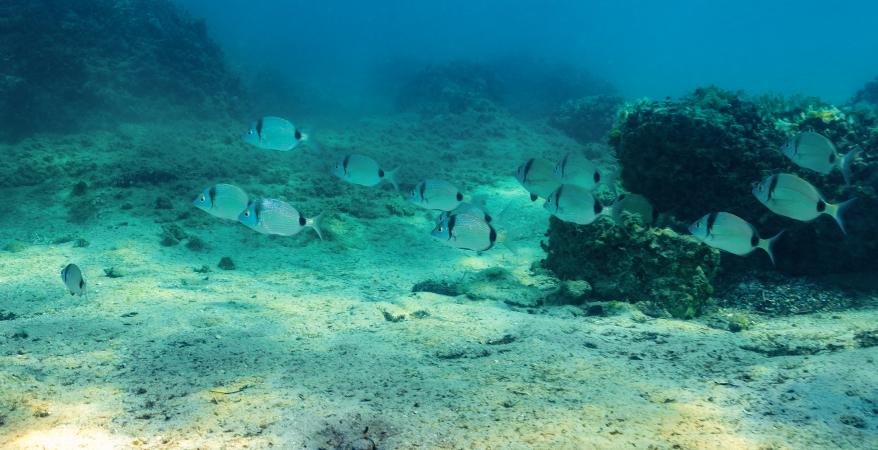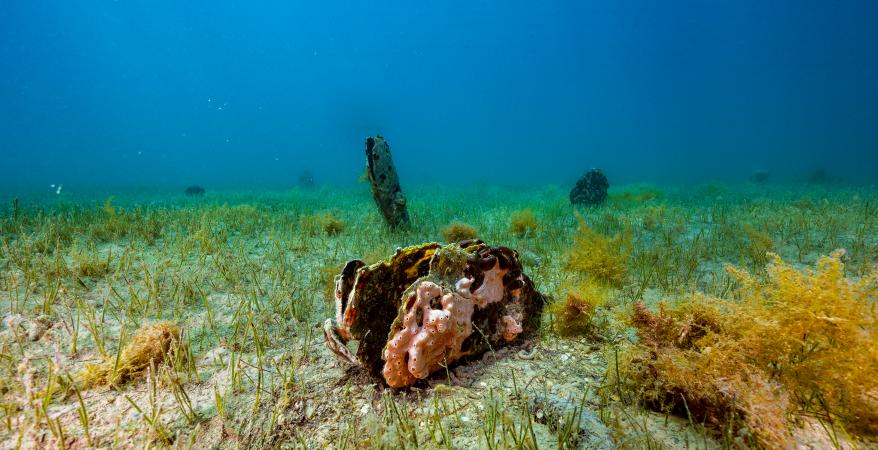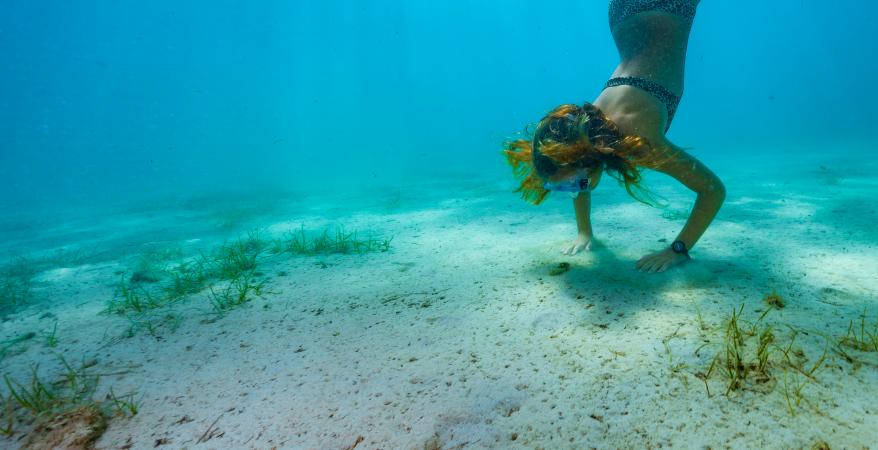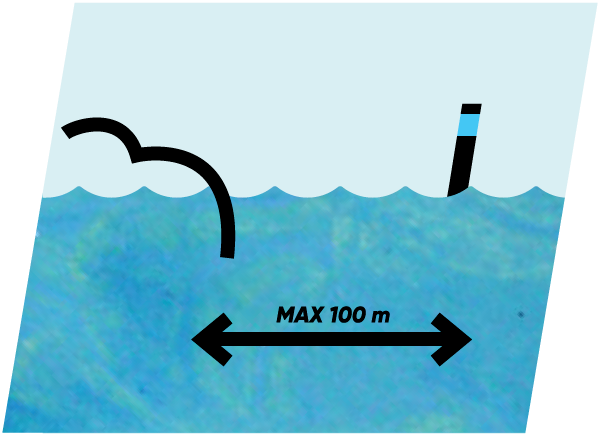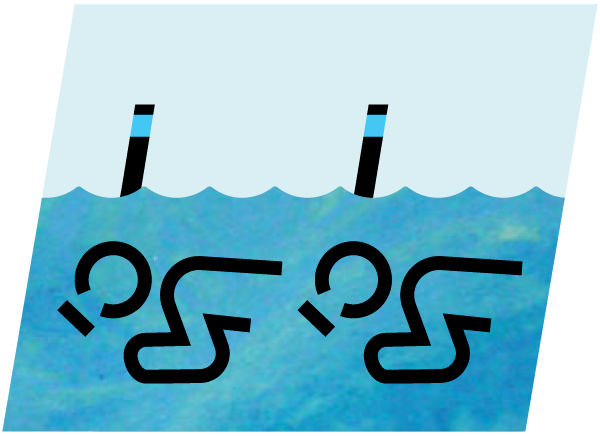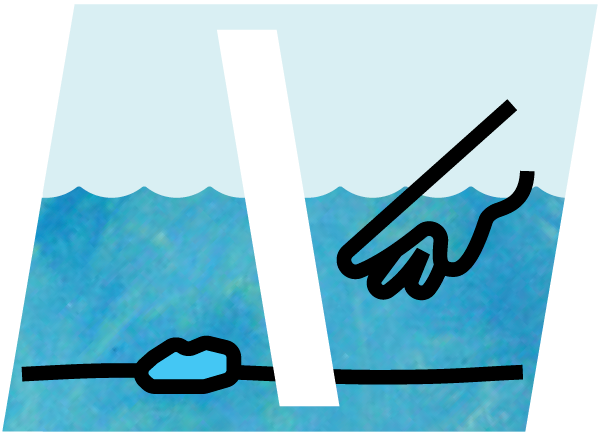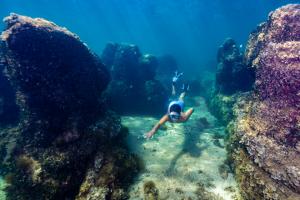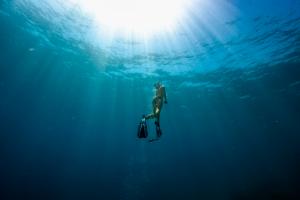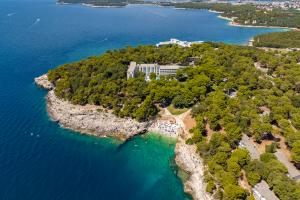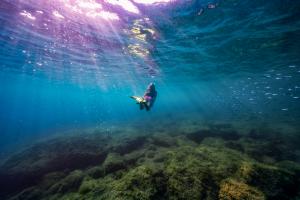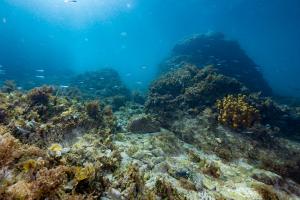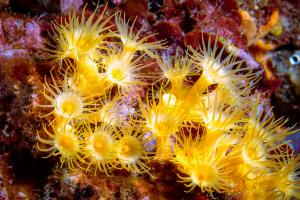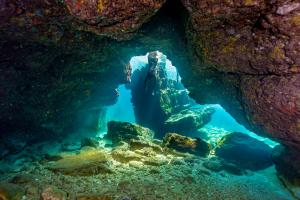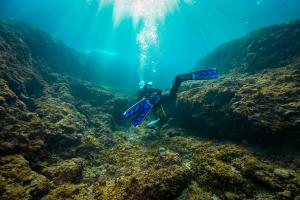Rimska luka Rt Mede - Roman Port of Cape Mede
San Lorenzo beach is located on the Fažana shoreside promenade, in front of the namesake villa. The beach features its recognizable stone pier that overlooks the Brijuni Islands. It ends with a bollard, surrounded from both sides by a gravel beach that gradually turns into pebbles and sand.
An attractive snorkelling location hides a trace of the ancient past within reach of the stone pier, facing Fažana. Before you start your underwater exploration, keep in mind that in Roman times Fažana was famous for the production of olive oil, wine and amphorae. Therefore, it is not surprising that on several sites archaeologists have found the remains of Roman villas, ancient oil mills and a large ceramic furnace in which amphorae were baked. After all, it was written in historical sources that the Roman emperors had visited Brijuni, which must have been supplied from Fažana, transporting the main agricultural products for which Istria was known even in antiquity - olive oil and wine, in Fažana's amphorae naturally which are recognizable by the Lekanius stamp.
Since the Fažana Channel is well protected from rough seas, it is assumed that the sea trade in this area was very active in Roman times. In order to get closer to the ancient Romans, you just need to step into the water from the right side of the stone pier, face the open seas towards the north, and look for larger stone blocks. The remains of the Roman pier of a very unusual structure – resembling a hook, can be seen underwater starting from the middle of the stone pier.
If you've walked along the existing pier, you've surely noticed that the edge stone blocks are larger, while the middle of the pier is filled with smaller rocks. The Romans used a similar building technique in their time. Try to find the larger curb stone blocks and you will see a path leading along the Roman pier.
Archaeologists have researched the area in detail, excavated the terrain in front of the winding structure and found various ceramic remains of amphorae and other ceramic artefacts. Although the Roman pier is now under the sea at a depth of 1 to 2 meters, the research has proven that during the antiquity period the sea level was 1.5 to 2 meters lower than today. The Archaeological Museum of Istria keeps the found artefacts in its antique collection, which, among other things, includes a Roman baking pan with a lid from this very site.
The surrounding sea offers numerous natural attractions as well. On this sandy bottom, especially in the vicinity of both piers, one can see the large scale gurnard, cuttlefish, spider fish, small crabs and the warty crab. If you explore the Roman pier more carefully, you will notice large oysters that the Romans not only regularly had on the menu, but also bred. Here you will also find the spiny oysters, the noah's ark shell, and the turban snail, while the egg cockle, small scallops, the rosy razor clam, the abalone and cockle shells hide in the sand. Floating fish fry swim around the pier and hide in the shadow of larger stone blocks.
Along the edges of the sand and in the seagrass meadows, the shells of a fan mussel, the largest bivalve mollusc in the Adriatic can be seen. The fan mussel is a strictly protected bivalve of the Adriatic and is currently an endangered species due to the drastic decline of its population.
On the beach of San Lorenzo you can also find small starfish covered in sand as well as a variety of slugs, from the smallest ones, only a few centimetres long to somewhat larger such as a sea hare. The latter is easily recognizable by its wing-like swimming protrusions and tentacles that resemble rabbit ears.
Interesting facts
This shape of a pier was very rare in the Roman architectural culture and therefore very valuable. It greatly resembles the Maui's magic hook from the Polynesian legends, telling the story of Maui who used the hook for pulling the islands out of the sea. However, seas and oceans are the link between the peoples and cultures.
Maritime routes were once the only possibility for discovering new places and civilizations. It was the way for exchanging unknown and exotic things or products, as well as learning, accepting and sharing the stories and beliefs from distant regions. Perhaps the islands of the Brijuni archipelago were also pulled out with a magic hook, leaving us today with a memory of this ancient pier tickling our imagination...







